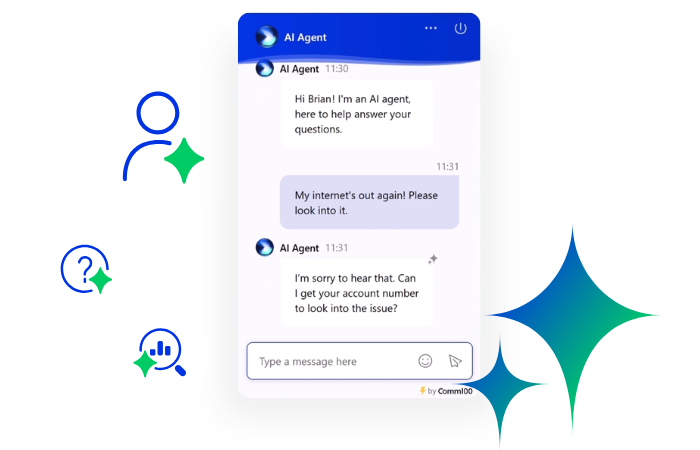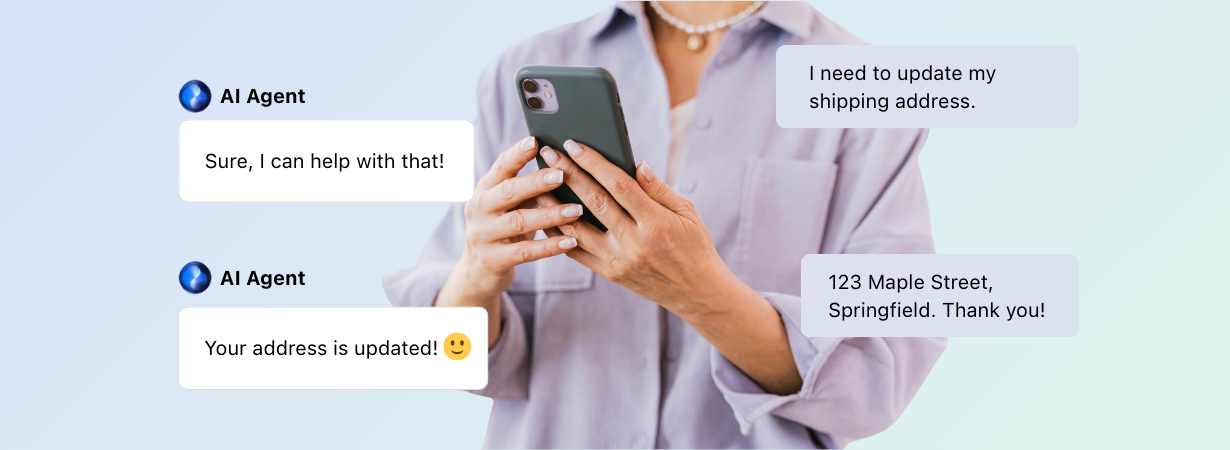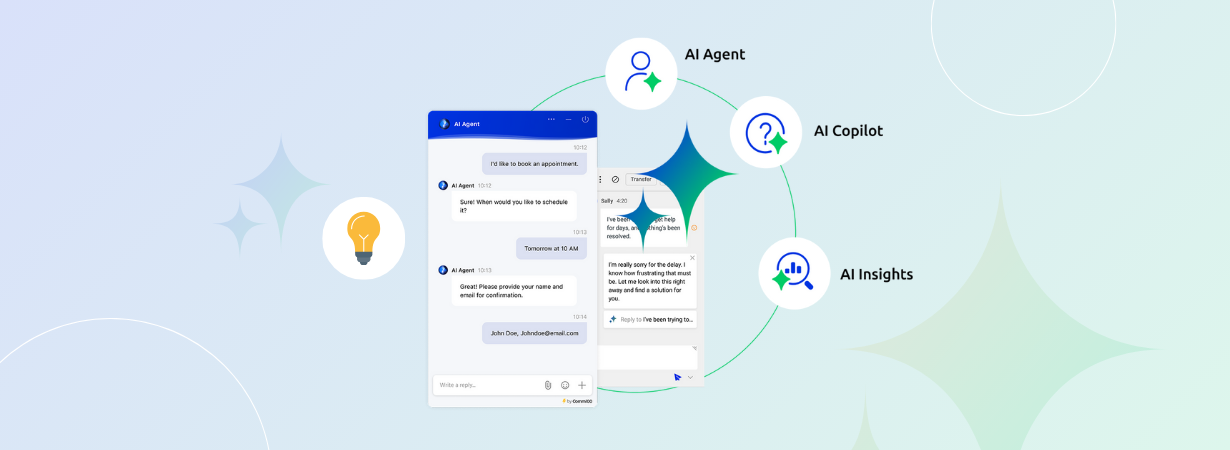Governments around the world continue to introduce legislation that ensures services are accessible by everyone. This has led public organizations to offer new kinds of services while adjusting existing ones.
For organizations providing public-facing services, accessibility legislation could mean a need to expand the tools that are available to customers. With digital services eclipsing the days of traditional phone support, there are now more options than ever to connect with customers. Along with these connection methods come services like live chat that can expand the ways that customers reach out for support.
In this blog, we’ll be looking at the ways that Comm100 Live Chat meets government requirements for accessibility. Read on to find out how you can bring accessibility to your government customer service.
What does accessibility look like in law?
Understanding how live chat can introduce accessibility to your support begins by understanding how accessibility is usually viewed. Under some government acts, accessibility is framed as a means of removing barriers that prevent participation by persons with an impairment. Those impairments could include impaired vision, deafness or impaired hearing, motor difficulties, and cognitive disabilities.
In the U.S., the Americans with Disabilities Act “prohibits discrimination against people with disabilities in several areas, including…communications and access to state and local government’ programs and services.” Similar acts and regulations are in place in countries such as the U.K., Canada, and Australia
With these acts now commonplace, you’ll want to ensure that any services provided to your customers are compliant with the law where you are. International organizations may need to remain compliant with laws in multiple jurisdictions. Thankfully, the accessibility requirements for organizations offering digital services have largely been standardized, which we’ll look at next.
How is Comm100 Live Chat compliant with accessibility laws?
As the services that companies offer have become increasingly digital, new guidelines have appeared to make the web accessible to people with disabilities. This led to the creation of the Web Content Accessibility Guidelines (WCAG). This standard has been adopted around the world and has been written into laws such as Canada’s Accessible Canada Act requiring compliance with WCAG 2.0. WCAG is also an approved ISO standard: ISO/IEC 40500:2012.
Comm100 Live Chat is proudly compliant with WCAG 2.0 AA accessibility standards. This means that not only are websites and services integrating Comm100 Live Chat prepared to follow local accessibility guidelines, but customers also benefit. Content that is WCAG approved meets the standards of POUR, which has four components:
- Perceivable: Comm100 Live Chat was built to be perceivable and distinguishable according to WCAG standards.
- Operable: Comm100 WCAG compliant Live Chat allows users to replace standard mouse actions with keyboard commands in order to be accessible to people with motor disabilities.
- Understandable: Comm100’s visitor-side interface can be programmed to display a specific language based on the user’s location or other web page specifications.
- Robust: Comm100’s visitor-facing components including the live chat button and contents within the live chat window are compatible with text-to-speech (TTS) assistive technology.
What does accessibility mean for your visitors?
With these standards in place, Comm100 Live Chat windows and buttons can be fully customized to remove any barriers to access for potential visitors. Live chat also provides great support for visitors who struggle with traditional phone support but still need real-time communication. That includes customers with speech impediments, or the deaf or hard of hearing.
In addition to the real-time communication that live chat can provide these individuals, Comm100’s Audio & Video Chat allows additional layers of accessibility to meet customers on their terms every time. That could include lip reading or signing over video, or audio for the visually impaired. In the case of possible language barriers, Comm100 supports multiple languages through auto-translation, and visual demonstrations are also possible using face-to-face video chat.
Not all visitors wishing to avoid phone calls are classified as having a disability, and anxiety among these individuals can be a major hindrance to phone communication. 52% of Millennials say they feel anxious about taking a phone call, leading many customers to actively avoid phone communications no matter their status. 60% of Gen Z say they “hate calling people.”
Going beyond communications, live chat can also improve your overall website accessibility by enabling your visitors with new ways to reach out. According to the Bureau of Internet Accessibility, “…live chat can help accessibility by giving visitors a simple way to report problems, get answers, and ask for assistance.” With some careful consideration, live chat can improve website access for all your visitors, providing the ultimate tool to remove the barriers between your customers and your organization.
Wrap Up
To learn more about how Comm100 Live Chat can help your organization comply with accessibility legislation where you are, book a personalized demo today.






